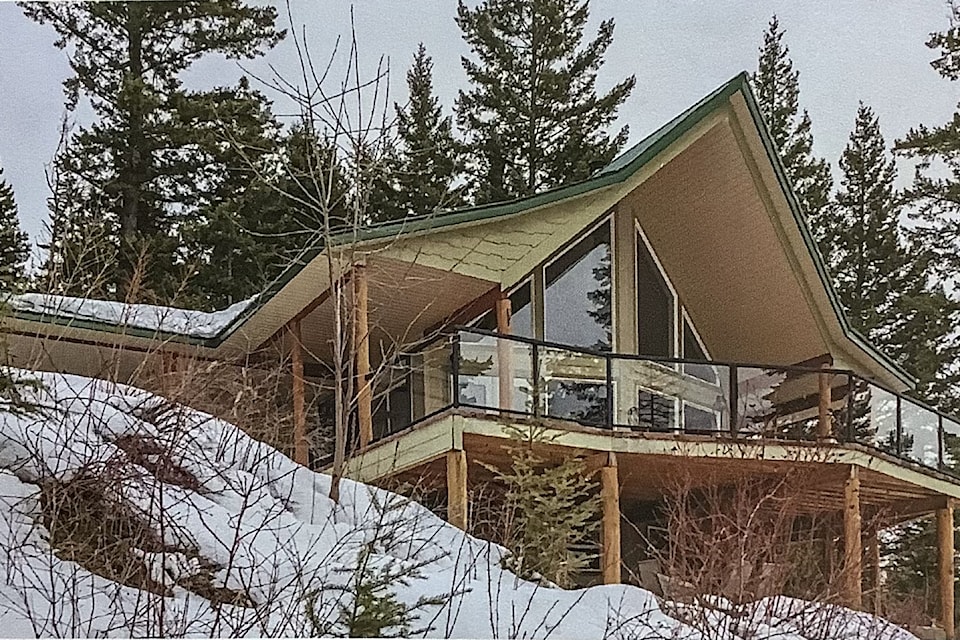Those First Nations fire strips on Aklstalk - now Silver Star - enticed European settlers to use them as ski runs starting in the early 1900s.
Nowadays our modern society fights wildfires to protect property and resources.
But if we want to save any wilderness in and around the Okanagan, then we must understand and appreciate wildfire91ÂãÁÄÊÓƵ™s essential ecological role in nature.
Kalamalka Lake Provincial Park is a marvellous example.
It was saved from development in the 1970s by nature lovers for future generations to experience and enjoy the last remaining landscape of native bunchgrass and ponderosa pine, and habitat for the birds, butterflies and other wildlife that evolved there.
Until the late 1800s fires swept up through our hillside grasslands about every 10-25 years burning off dry grass, fallen needles, cones, and branches littering the ground, and tree seedlings.
These burned up into mineral ash as fertilizer for a succession of reestablishing plants.
Now Kal Lake Park is facing a dilemma.
Houses surround the park, so no one wants fire.
Friends of Kal Park volunteer to pull out invasive weeds and cut out seedling trees that could crowd out the grasslands. But is that enough?
We really don91ÂãÁÄÊÓƵ™t know.
This is a true example of the anthropocene era that we91ÂãÁÄÊÓƵ™ve established; where humans are changing and managing our natural environments.
Here91ÂãÁÄÊÓƵ™s another example - in the mid 1990s disaster struck as Canada91ÂãÁÄÊÓƵ™s last remaining protected pocket desert, the Haynes Ecological Reserve near Oliver, burned up.
But disaster turned to ecological study as scientists observed the natural regeneration process, and it worked!
So can we live in fire dependant ecosystems?
Sure! If we91ÂãÁÄÊÓƵ™re smart about it.
People have throughout the world, and did right here in the Okanagan for thousands of years (as mentioned in part one).
We even have all kinds of know-how and modern fire resistant materials nowadays to build with.
I know - I designed and built a lovely passive solar, fire-resistant home halfway up Silver Star in the forest with hardiplank siding, metal roofing without eavestroughs, concrete deck, brick pavers and no fossil fuel furnace.
It's amazing to me that building codes and insurance companies don91ÂãÁÄÊÓƵ™t require fire-resistant houses and properties in our area.
Finally there91ÂãÁÄÊÓƵ™s lots of information available about fire-smarting our landscaped properties and homes in wildfire interface areas on FireSmartBC. Their brochures are available at city hall and the RDNO office. Both the brochure and website have a real handy list of FireSmart plants. Google firesmartbc fire-resistant plant
tool.
Warning though - I don91ÂãÁÄÊÓƵ™t promote maintaining lawns as FireSmartBC suggests as they91ÂãÁÄÊÓƵ™re sterile, nonnative environments that are highly dependent on toxic chemical pesticides, herbicides, artificial fertilizers, plenty of water, and are often trimmed with fossil fuel mowers. It91ÂãÁÄÊÓƵ™s outdated craziness!
Always landscape with native plants whenever possible especially to help our native pollinators and save on water. Use drip system irrigation on plants at night if necessary.
Be water wise! With the climate crisis rising temperatures, our already dry valley is drying out faster.
Less precipitation from rain and snow and more evaporation is drying out the soil causing disturbing drought levels.
This increases the fire intensity and frequency. We don91ÂãÁÄÊÓƵ™t need that!
Depending on our point of view - and where they91ÂãÁÄÊÓƵ™re at - wildfires can be absolutely destructive or wonderfully life giving.
Roseanne Van Ee enthusiastically shares her knowledge of the outdoors to help readers experience and enjoy nature. Follow her on Facebook, where you can find part one of the fire column from Aug. 18.



